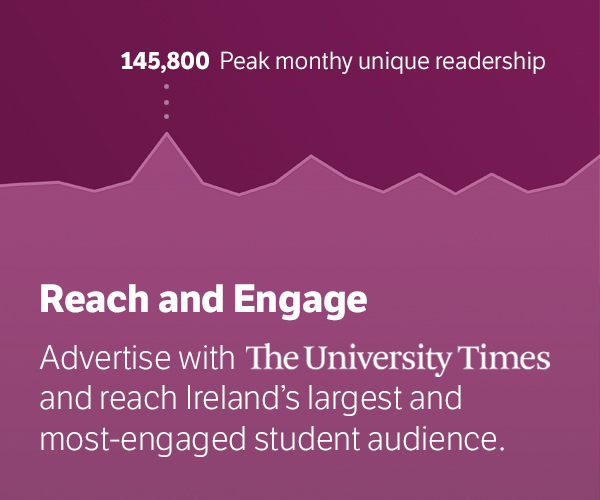According to the OECD’s Health at a Glance: Europe 2024 report, over 43% of medical doctors practising in Ireland received their primary medical qualification abroad. The top three contributing countries are Pakistan, Sudan, and the UK. This reliance on foreign-trained doctors is the highest in Europe, followed by Norway (42%), Switzerland (38%), the UK (32%), and Sweden (30%). In contrast, Italy and Lithuania’s reliance stands at approximately 1%. This over-dependence highlights the challenges Ireland faces in training its own healthcare professionals, retaining those it has trained, and addressing the fragility in its healthcare workforce supply.
Ironically, Irish universities produce one of the highest numbers of medical graduates, at 24 per 100,000 population. However, a significant proportion of these graduates are international students who leave the country to pursue better career prospects in their home countries. These issues underscore the urgent need to expand training capacity for Irish citizens and to ensure that Ireland’s healthcare workforce is both self-sufficient and sustainable.
Barriers to Studying Medicine in Ireland
One of the primary obstacles to studying medicine in Ireland is the intense competition for a limited number of places in medical schools. Despite the growing demand for healthcare professionals, the number of available places has not kept pace. In 2024, just under fourteen thousand students applied for about 1,000 medical school places; a ratio that leaves many talented individuals without the opportunity to pursue their dreams of becoming doctors.
Additionally, the financial cost of applying for and studying medicine presents a significant hurdle. Costs associated with application tests, preparatory materials, and tuition can deter capable candidates from the squeezed middle and lower-income households. To address this, the government need to introduce targeted relief measures such as tax credits for test fees and grinds, publicly funded preparatory courses that are not means-tested, and expanded financial aid.
Strategies for Expanding Opportunities for Irish Students
Expanding opportunities for Irish citizens to study medicine requires a multi-faceted approach that balances immediate, medium-term, and long-term actions. Here is a roadmap:
Immediate Measures (Within One Year)
- Reallocate Non-EU Student Places:
- Adjust the balance of places offered to Non-EU students, by reallocating a portion to Irish students. While this may reduce university revenue, alternative funding mechanisms, such as increased government grants or public-private partnerships, can offset potential losses.
- Accelerate Planned Expansions:
- Build on the government’s existing commitment to increase 200 medical school places by 2026, including the 60 additional places introduced in 2022, by enhancing and accelerating these expansions.
- Fund Cross-Border Partnerships:
- Expand the initiative of funding medical places at Queen’s University Belfast, scaling it up to create immediate opportunities for Irish students.
- Introduce Financial Support Measures:
- Provide tax relief for application test fees and scholarships tied to service commitments within Ireland’s healthcare system.
Medium-Term Strategies (Three Years)
- Develop New Regional Medical Schools:
- Establish medical schools at South East Technological University (SETU) and Technological University of the Shannon (TUS). These can serve as satellite campuses for existing colleges. Begin with feasibility studies and pilot programmes, gradually scaling up based on available resources.
- Expand Graduate Entry Programmes:
- Increase places in graduate entry medical programmes at the University of Limerick and other institutions.
- Enhance Clinical Training Partnerships:
- Collaborate with regional and private hospitals to expand clinical placement opportunities, and to prevent bottlenecks in training locations. Engage in private-public partnerships to incentivise participation from smaller healthcare providers.
- Diversity and Inclusivity:
- Expanded the current HEAR to cover other disadvantages. This will make medical education accessible to a broader demographic.
Long-Term Goals (Five Years and Beyond)
- Construct new medical schools at institutions like SETU, TUS, and TU Dublin. Equip them with state-of-the-art facilities for teaching and research, ensuring sustainability.
- Develop hybrid and online programmes to reduce geographic barriers and make medical education accessible to students in rural areas.
- Establish exchange programmes with top European medical schools, ensuring Irish students can gain diverse training experiences while committing to return to practise in Ireland. Examples include Queen’s University Belfast, Karolinska Institutet (Sweden), Heidelberg University (Germany), and Jagiellonian University Medical College (Poland).
- Implement metrics to evaluate the success of bonded agreements and retention incentives. Regularly review working conditions in the Irish healthcare system, as improved conditions are critical to retention.
Leveraging Technology
Integrating digital solutions into medical education can immediately increase training capacity and modernise curricula. Practical initiatives include:
- Virtual Simulations: Expand the use of VR and AR for medical training, allowing students to practise surgical techniques and diagnostics in a controlled environment.
- Telemedicine Training: Incorporate telemedicine modules into curricula to prepare students for delivering remote care.
- AI-Driven Assessment Tools: Use AI tools to evaluate student performance efficiently and provide personalised feedback.
- Collaborative Networks: Create digital platforms for collaboration among students, faculty, and professionals to foster mentorship and peer learning.
Retaining Irish-Trained Doctors
To ensure Irish-trained doctors remain in the country, the government should implement bonded agreements requiring state-supported graduates to work in the public healthcare system for a specified period, such as five years. Failure to comply could result in the repayment of subsidies or financial penalties. Countries like Canada have implemented successful retention schemes by bonding state-supported graduates.
Additionally, retention incentives should include competitive salaries aligned with international standards, prioritised residency placements, and clear career progression pathways.
Communication and Advocacy
As a candidate for the Trinity Seanad election, I will advocate for these reforms by collaborating with the government, universities, healthcare providers, and private sector partners to secure funding and support. I will also like to see public campaigns in place that raise awareness of the need for these changes among the electorate and the medical community.
Ireland’s healthcare system is under immense strain, with shortages of healthcare professionals leading to long waiting times, overcrowded emergency departments, and reduced access to care in rural areas. Expanding opportunities for Irish citizens to study medicine is not only a matter of equity but also a strategic imperative for the sustainability of the healthcare system.
Through targeted financial aid, increased training capacity, technological integration, and retention strategies, we can build a robust pipeline of domestically trained doctors.
As a candidate for the Trinity Seanad election, I am committed to advocating for these reforms and working collaboratively to unlock the potential of Ireland’s aspiring doctors. Together, we can create a healthier future for all.







